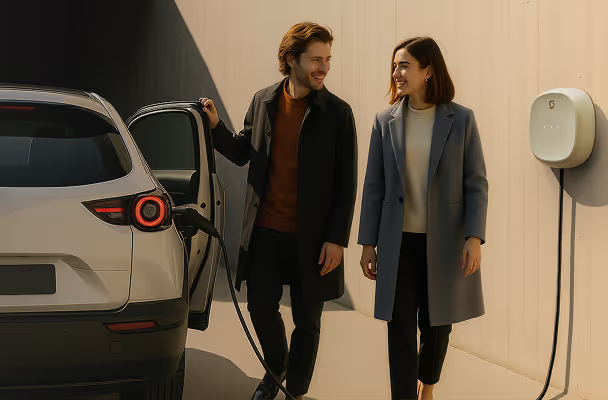
Set up your Spin Air with confidence
You got your Spin Air, now we get you charging in three simple steps.
Survey
Installation
Commissioning & First Charge
Step by Step installation
01
Survey
During the Survey, the goal is to make sure that the location and electricals are in order to proceed with the installation.
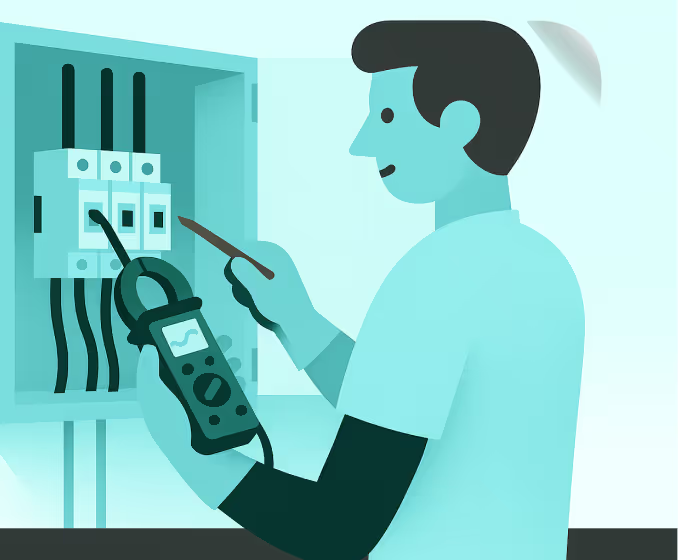
Assess Power Load & Connection Type
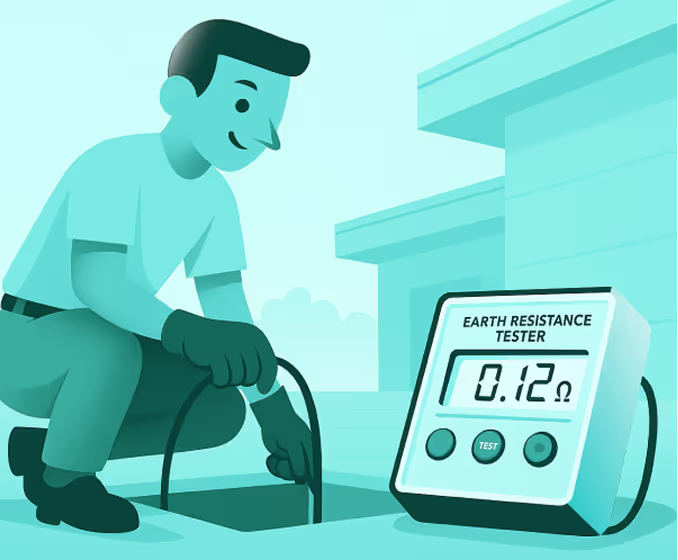
Inspect Earthing & Safety

Plan Charger Location
& Cable Route
02
Installation
During this step we do the actual installation, connecting the charger and setting up all the backend things necessary for it to work.
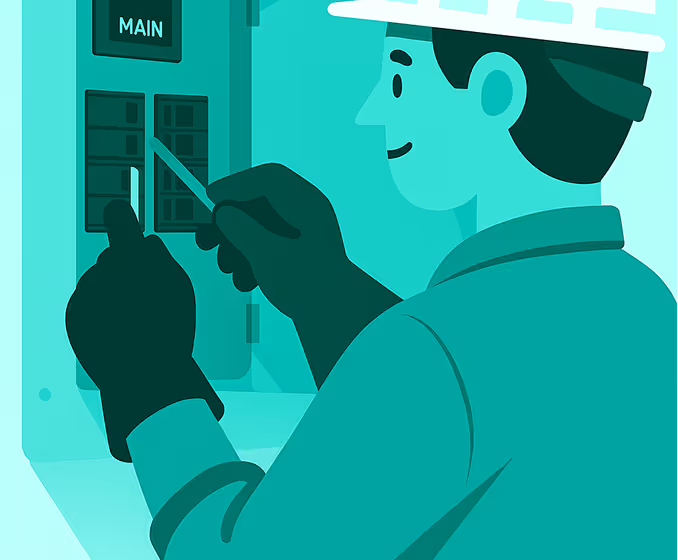
Install MCCB & Protection Box

Lay High-Quality Cabling
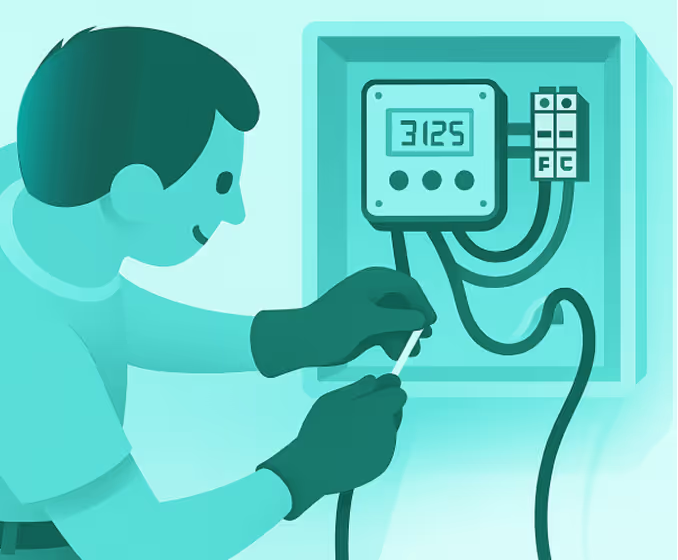
Verify Earthing & Continuity
03
First Charge
We help you with the last points of set up and make sure you know your way around charging your care going forward.
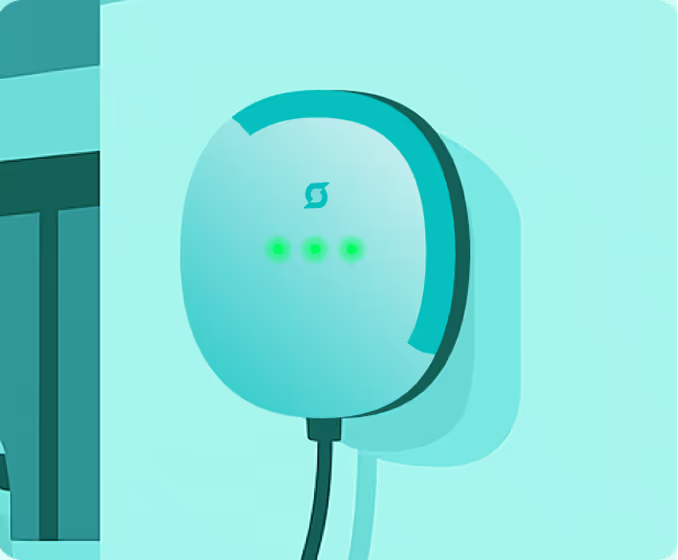
Mount & Power On Charger
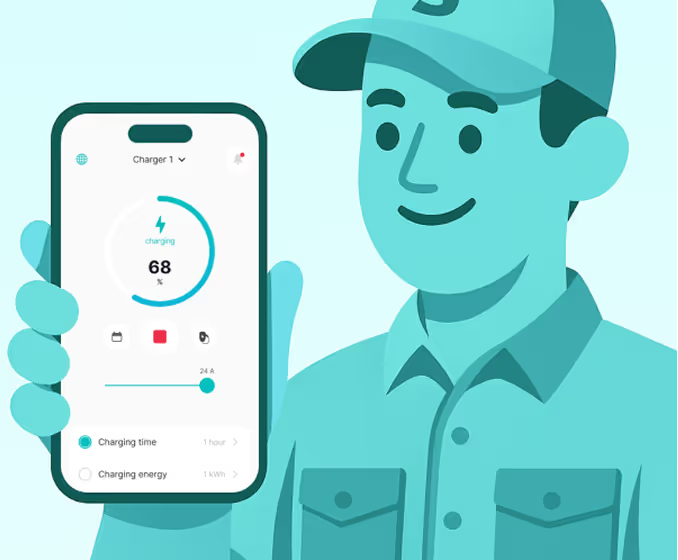
Connect to Backend & Spin App
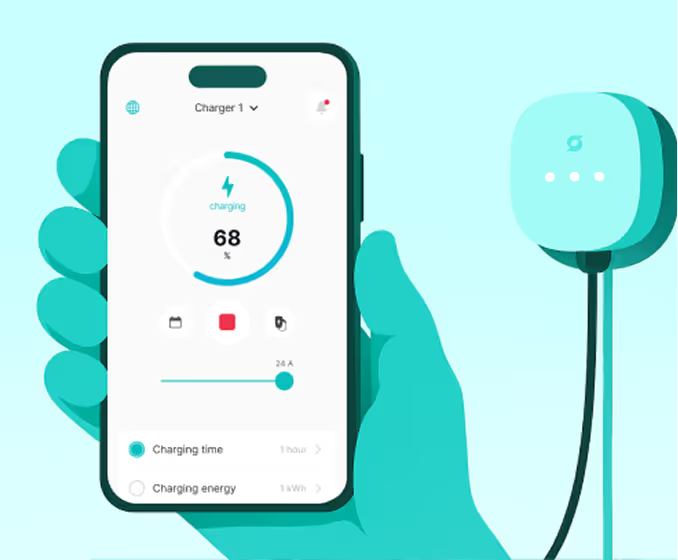
Test Live Charging
Choose how you’d like to set up
Zero-Hasstle
Guided install
DIY
What you will need to start
Technical equipment (only for DIY)
MCCB: 2Pole x 40 Amps MCCB with outer box (IP65 MCB Box. Recommended Brands: Havells, L&T) , lugs & cable gland.
Cable: 3 Core x 10 sq mm copper flexible cable with conduit.
MCCB: 2Pole x 40 Amps MCCB with outer box (IP65 MCB Box. Recommended Brands: Havells, L&T) , lugs & cable gland.
Cable: 3 Core x 10 sq mm copper flexible cable with conduit.
MCCB: 2Pole x 40 Amps MCCB with outer box (IP65 MCB Box. Recommended Brands: Havells, L&T) , lugs & cable gland.
Cable: 3 Core x 10 sq mm copper flexible cable with conduit.
Download Spin App
Prepare for On-site visit
Make sure you have this ready on the day of the arrival of a
professional or if you are doing it yourself:
EV Charging 101 — Learn the Basics
Learn the essentials of EV charging. From safety to smart power, in simple terms from Exicom experts.
Earthing
Protects your home, charger, and vehicle from electric shocks and surges. Ensures stable operation and keeps your warranty valid — verified by Exicom engineers during installation.
Load Enhancement
Makes sure your home has the sanctioned load required for charging. Prevents tripping and power failure, ensuring your setup can handle the charger’s demand smoothly.
Single Phase vs Three Phase
Your home’s electrical connection determines which charger fits best. Single phase supports up to 7.5 kW; three phase is needed for higher-capacity (11–22 kW) chargers.
Dynamic Load Balancing
Technology that automatically distributes power between your charger and other home appliances, avoiding overloads, tripping, and energy waste.
Solar Integration
Connect your EV charger directly to rooftop solar. Reduce electricity bills, support green energy, and make your charging future-ready.


